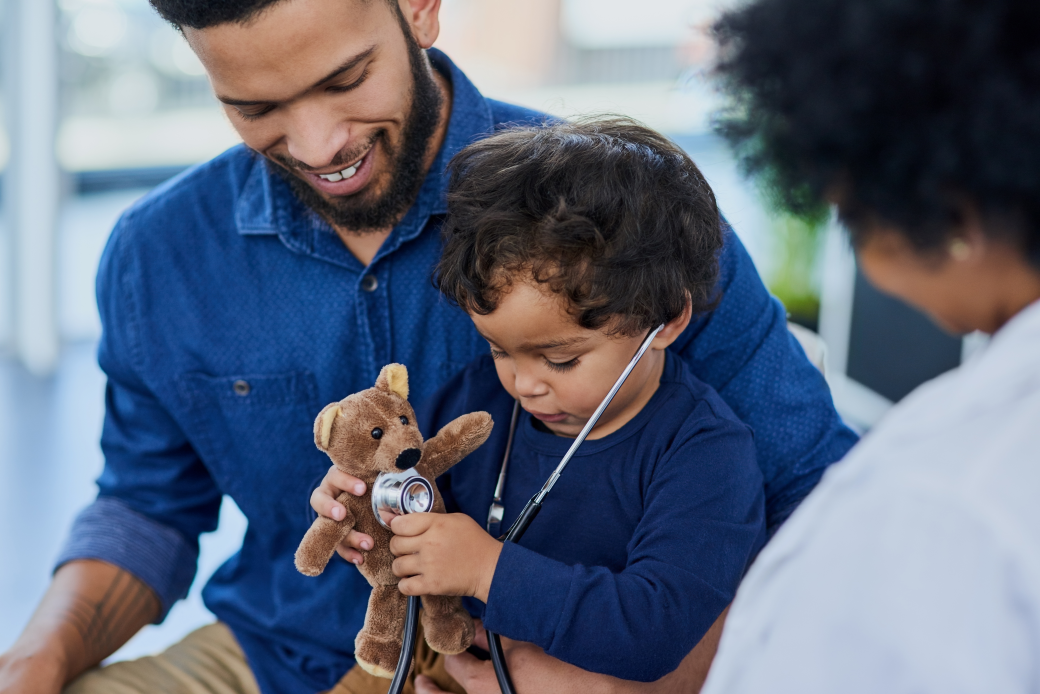

Epilepsy is the most common childhood brain disorder in the United States, impacting 470,000 children and adolescents aged 0-17 years.
Epilepsy is a brain disorder where a person has recurring seizures. Seizures are sudden events that cause temporary changes in physical movement, sensation, behavior, or consciousness. They are caused by abnormal electrical and chemical changes in the brain.
AAP Recommendations
The AAP provides recommendations and guidelines to support pediatricians and other health care professional working with epilepsy patients and families.
Professional Tools & Resources
Epilepsy is the most common neurologic condition among pediatric patients in the United States. The following resources are designed to help you provide high quality care to children and youth with epilepsy.
About the National Coordinating Center for Epilepsy
The mission of the Center is to support professionals working to improve access to coordinated, comprehensive and quality care for children and youth with epilepsy (CYE), particularly in medically underserved and/or rural areas, across the life-course.
Last Updated
11/13/2023
Source
American Academy of Pediatrics